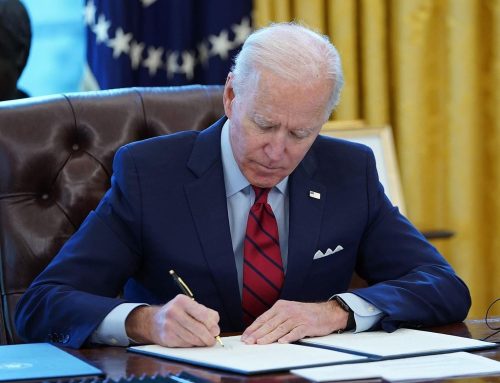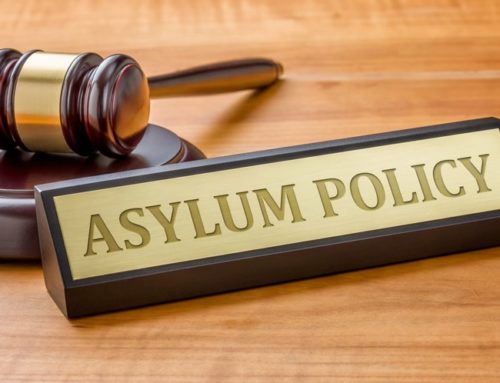Estimating US Resident Nonimmigrant Population
In November of 2012, the Department of Homeland Security released data on the resident nonimmigrant population in the United States for 2010-2011.
The report presents estimates of the size and characteristics of the resident nonimmigrant population in the United States. The estimates are daily averages for the 12-month period centered on January 1, 2011. The term “resident nonimmigrant”, as used in the report, refers to foreign nationals who are legally admitted into the United States for specific, temporary purposes and whose classes of admission are associated with residency (for example, students and temporary workers, as opposed to tourists and business travelers). The characteristics analyzed include category of admission, country of citizenship, age, sex, and destination state. The estimates were derived from U.S. Department of Homeland Security (DHS) administrative records of nonimmigrant arrivals and departures.
The size of the resident nonimmigrant population was about 1.9 million on average during July 1, 2010 – June 30, 2011. Approximately 45% of the population were temporary workers and their families; nearly 40% were students and their families; half were from Asian countries; and over 80% were ages 18 through 44.
About half of the resident nonimmigrants (946,000) were citizens of Asian countries, including India (22%), China (9%), South Korea (8%), Japan (5%), and Taiwan (2%). Europe and North America comprised another 29%, led by Canada (8%) and Mexico (6%). The five leading countries accounted for over 50% of the total.
Temporary workers made up much larger portions of the nonimmigrant populations from India (73%) and Mexico (72%) than from all countries (45%). Nonimmigrants from Canada also tended to be temporary workers (55%). Nonimmigrants from China and Korea, on the other hand, were more likely to be in the U.S. on student visas (70% and 68%, respectively, as compared to the average of 38%).
California was the leading destination state, making up 14% of the total population of resident nonimmigrants. The next leading destination states were New York (12%), Texas (8%), Florida (5%), and New Jersey (5%). The top 5 destination states accounted for 44% of the total, and the top 10 accounted for more than 60%.
The state rankings varied by country of citizenship and category of admission. Disproportionately many Indians went to New Jersey (11%), disproportionately many Koreans went to California (21%), and Canadians were more likely to reside in New York (17%). 26% of Mexicans went to Texas, 8% went to California, and 6% went to Florida.
Diplomats and other representatives were concentrated in New York (22%) and Virginia (13%). Compared to the general population, students and exchange visitors were more likely to reside in Massachusetts and less likely to reside in New Jersey or Texas.
One third of the resident nonimmigrant population was under the age of 25, 40% were 25-34, and 27% were 35 or older, but there was considerable variation among the top 5 countries. For example, 65% of Indian nationals were 25-34, Chinese and Korean nationals tended to be younger (54% and 44% under 25, respectively), and Canadians and Mexicans tended to be older (42% and 39% were 35 and older, respectively, as compared to 27% overall). Although the age distributions for males and females closely resembled the overall age distribution, males tended to be older; 31% were 35 or older, as compared to 22% of females.
Slightly more than half of the total resident nonimmigrant population was male (55%). The percentages that were male were higher for nationals of India, Canada, and Mexico (58%, 56%, and 73%, respectively) and lower than 50% for nationals of China and Korea. Temporary workers and diplomats were disproportionately likely to be male (60% and 62%), 54% of students were male, and fewer than half of exchange visitors were male (48%).
Full text of the report is available online.
Attorneys at I.S. Law Firm have helped individuals from all over the world come to the United States, change or extend their status, or obtain permanent residency in the United States. Please contact us for a consultation today: +1-703-527-1779 or via e-mail: [email protected].






